Computex 2005 Day 2 - ULi's new Athlon 64 Chipset, G70, CrossFire & more
by Anand Lal Shimpi on June 1, 2005 1:57 AM EST- Posted in
- Trade Shows
ULi - The Best Kept Secret of Taiwan?
About two years ago failing chipset maker ALi dropped out of the chipset business and a spinoff, ULi, took over. ALi reached the height of their popularity during the Socket-7 days, but when Intel transitioned to their Slot-1 architecture ALi began to lose ground. While ALi was one of the first to show working Athlon 64 chipsets, their K8 solutions were hardly adopted and thus the market was given away to SiS, VIA and of course, NVIDIA.
ULi’s existence was supposed to change all of that. Focusing on stability and reliability, two issues that ALi’s chipsets proved to have later on in their life, ULi was determined to create a chipset business that would be among the best.
Currently ULi has manufacturers like ASUS, ABIT and ECS making boards based on their chipsets, yet none of the sales people from those companies will sell ULi based motherboards into the North American and European markets. In the Chinese markets, the ULi based boards sell extremely well. The chipsets themselves are priced lower than VIA’s, yet are quite competitive with NVIDIA’s nForce4 Ultra solution. The problem is branding; ULi has no brand recognition in the Europe and North American markets, thus selling motherboards based on their chipsets becomes quite difficult.
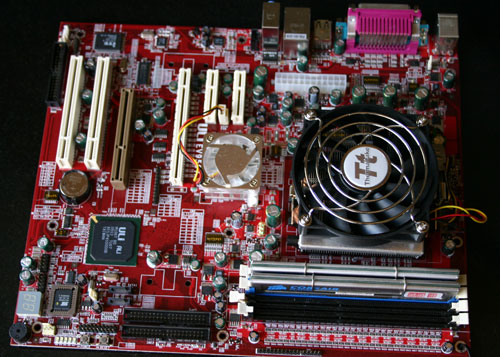
We took a look at a ULi Socket-939 PCI Express reference board while in Taiwan to see if what ULi was telling us happened to be true. Could ULi’s chipsets offer performance close to that of NVIDIA, while also offering stability at a price point lower than VIA’s?
We ran a small suite of tests on ASUS’ AN8-SLI Deluxe (nForce4 SLI) as well as ULi’s Socket-939 PCI Express Reference Motherboard. The performance of the chipset was quite compelling; faster than the nForce4 in Doom 3, yet slower in the Winstone tests.
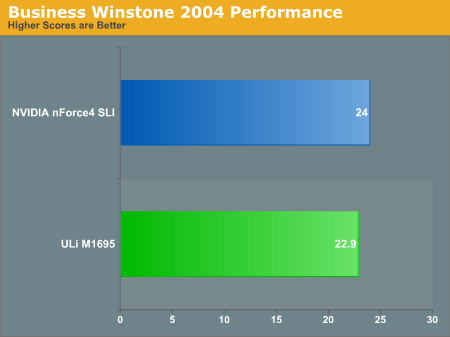
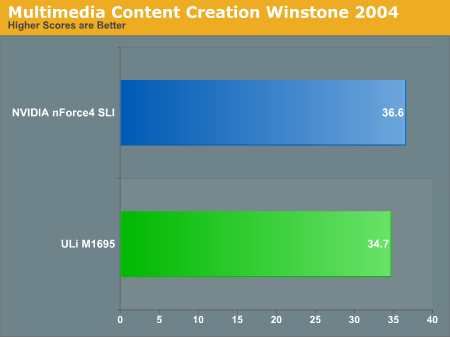
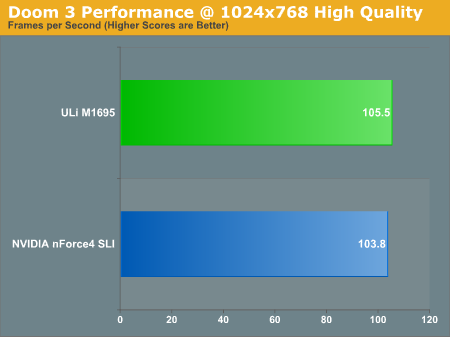
Overall performance was quite respectable, but most importantly was that we encountered no problems during our testing. Overclocking features were limited on the reference board, but we’re hearing that ABIT has a board based on ULi’s chipset that should offer some pretty good overclocking performance.
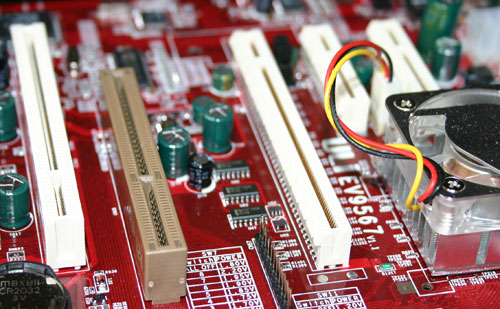
One particularly nice feature of the ULi chipset is that its South Bridge offers a full speed AGP 8X interface - and the North/South Bridges communicate over a 8GB/s Hyper Transport bus, meaning that there’s no reduction in performance if you use an AGP graphics card on the motherboard. By offering both AGP and PCI Express slots, both of which run at full speed, you can have a single motherboard that will support your current AGP graphics card and any later on PCI Express cards without sacrificing any performance.

The Current M1567 South Bridge has full AGP 8X Support
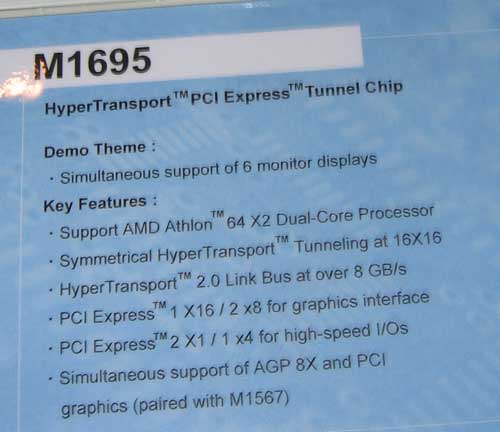
The Spec list of the M1695 ULi chipset
Currently ULi has the manufacturer support they need, they simply need to be able to improve brand recognition it seems. With the right combination of getting their name out there and a solid enthusiast-level motherboard, ULi could very well be the chipset manufacturer to pick up where VIA left off.
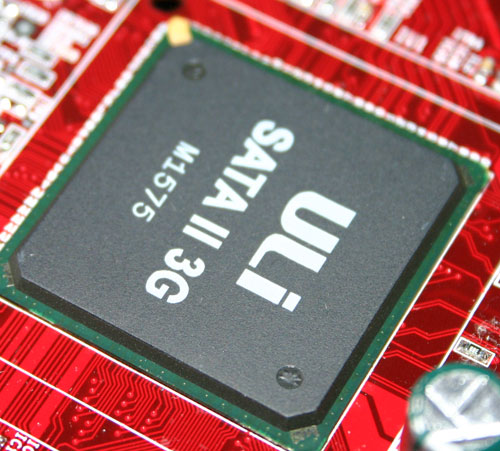
The new M1575 South Bridge will add SATA II support
Current pricing for Socket-939 motherboards based on the ULi chipset appears to be at the sub-$80 level, which isn’t bad at all for a nForce4 Ultra competitor.

ULi also makes most of the South Bridges for ATI based motherboards
We saw ULi boards from a few manufacturers at the show; ECS' board looked a lot like ULi's reference design and will carry a street price of around $75:

Jetway also had a motherboard on display:
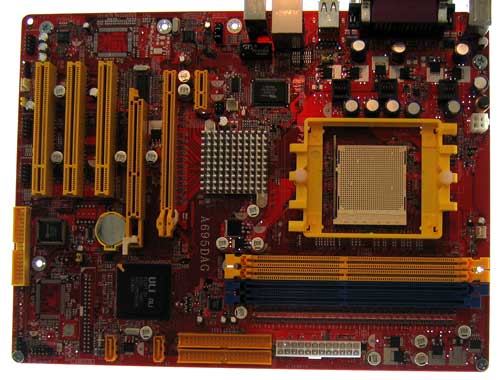
While ASUS and ABIT also have boards, we did not get a chance to take a look at them at the show.










53 Comments
View All Comments
bigboxes - Wednesday, June 1, 2005 - link
That cmos reset button on Abit's front panel is pretty cool, if not somewhat of a gimmick. It just seems that the mobo mfgrs don't bother in asking the customers what we really want. If a mobo has a great bios then it's lacking in controllers or if it has higher DIMM voltage settings then it has ridiculous colors and LEDs.Doormat - Wednesday, June 1, 2005 - link
Wow, a PC-based cablecard tuner is being held up by DRM requirements? What a surprise. Mark my words it'll never make it to market. I'd venture to say that we might see CC 2.0 tuners for a closed platform like the Xbox360 or PS3 (to turn it into a Tivo-like device), but never for a standalone PC. The MPAA would have to fall apart before a PC cablecard tuner will be allowed to be sold in the US.Waylay00 - Wednesday, June 1, 2005 - link
Wow, looks great! Must have A8N-SLI Premium...